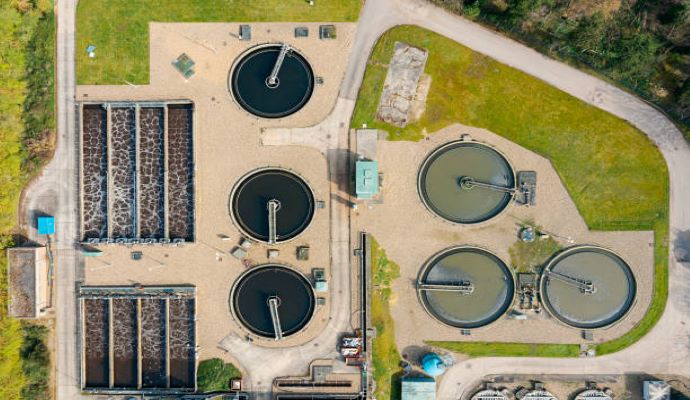EPA Proposes Lead Pipe Removal to Minimize Human Exposure
A newly proposed rule by the EPA outlines plans to replace all lead pipes with copper pipes nationwide, minimizing the health effects of lead exposure through drinking water.

Source: Getty Images
- Under the guidance of the Biden–Harris administration, the Environmental Protection Agency (EPA) announced its plans to strengthen the Lead and Copper Rule as part of the Lead Pipe and Paint Action Plan on November 30, 2023. Although the proposal has not been approved, the United States will replace all lead service lines within a decade if enforced.
The plan suggests that the administration invests $15 billion using the Bipartisan Infrastructure Law.
“Lead in drinking water is a generational public health issue, and EPA’s proposal will accelerate progress toward President Biden’s goal of replacing every lead pipe across America once and for all,” said EPA Administrator Michael S. Regan in the press release. “With collaboration and the focused actions proposed today, EPA is delivering on our charge to protect all Americans, especially communities of color, that are disproportionately harmed by lead in drinking water systems.”
According to the EPA press announcement, scientific evidence has proven that no level of lead exposure is safe, especially for children. In pediatric populations, lead exposure has compromised mental and physical development, impaired learning, and brain damage. Additionally, adult lead exposure may cause high blood pressure, heart disease, poor kidney function, and cancer.
“EPA’s proposed Lead and Copper rule is grounded in the best available science and successful practices utilized by drinking water systems to protect children and adults from lead in drinking water,” added EPA Assistant Administrator for Water Radhika Fox. “Cities like Newark, NJ, Benton Harbor, MI, and Green Bay, WI have all successfully gotten the lead out of their water systems. Our proposed rule applies the lessons learned to scale these successes to every corner of the country,”
The provisions prioritize multiple factors, including the following:
- 100% lead pipe replacement within 10 years: The organization cites cities that have done this successfully, including the ones listed above. Additionally, the EPA notes that other cities, such as Detroit, MI; Saint Paul, MN; and Wheaton, IL, have committed to similar timelines.
- Locating legacy lead pipes: Identifying the location of these lead pipes is critical for the overarching goal of replacing them.
- Improving tap sampling: The recommendations include changes requiring water systems to collect multiple samples for locations with lead service lines.
- Lowering the lead action level: The current action level is 15 µg/L; however, updated guidelines would reduce the action level to 10 µg/L, requiring any samples exceeding that to be publicly disclosed.
- Strengthen protections to reduce exposure: If a water system exceeds the action level multiple times, it will require additional outreach and provide protections to consumers through filters certified for lead reduction.
